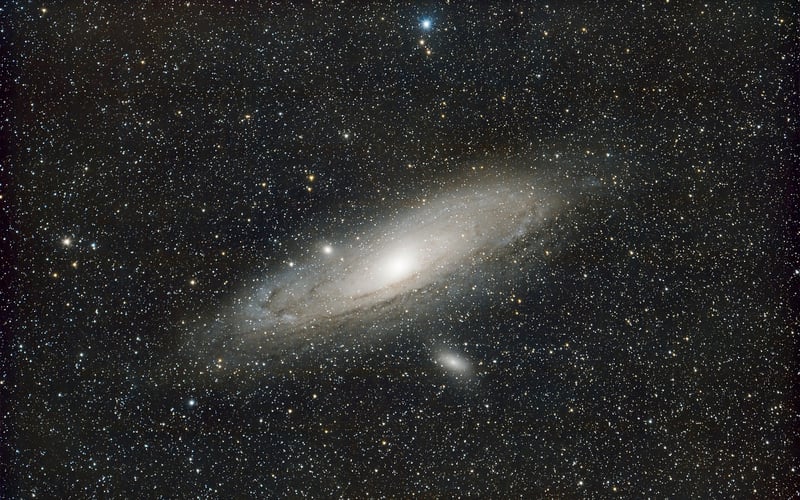Big Bang Theory
Unraveling the Unknown: Exploring the Big Bang Theory

The Big Bang Theory is a widely accepted explanation for the origins of the universe. It proposes that the universe began as a singularity, a point of infinite density and temperature, approximately 13.8 billion years ago. Over time, this singularity expanded rapidly, leading to the formation of stars, galaxies, and all the matter we see today.
Key Concepts of the Big Bang Theory:
- Singularity: The point of infinite density and temperature where the universe began.
- Expansion: The rapid stretching of space-time that led to the formation of galaxies.
- Cosmic Microwave Background Radiation: The afterglow of the Big Bang, providing valuable insights into the early universe.
- Nucleosynthesis: The process by which light elements like hydrogen and helium were formed in the early universe.
Evidence Supporting the Big Bang Theory:
- Redshift of Galaxies: Observations show that galaxies are moving away from each other, indicating an expanding universe.
- Cosmic Microwave Background: The discovery of this radiation in 1965 provided strong evidence for the Big Bang.
- Abundance of Light Elements: The predicted ratios of light elements match observations, supporting the theory of nucleosynthesis.
While the Big Bang Theory has gained widespread acceptance, it is not without its unanswered questions. Scientists continue to explore concepts such as dark matter, dark energy, and the possibility of a multiverse to further our understanding of the universe's origins.
By studying the remnants of the Big Bang and observing the cosmos with advanced telescopes and technology, researchers are continually unraveling the mysteries of the universe, painting a clearer picture of our cosmic origins.
For more information on the Big Bang Theory, you can visit the official NASA website.
